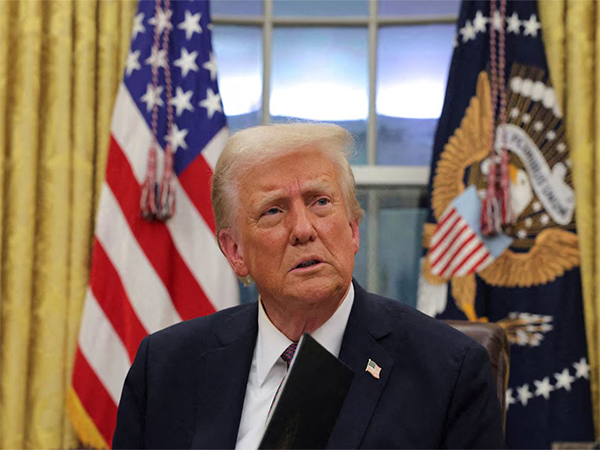
Trump's budget strategy amid economic downturn
May 04, 2025
Washington [US], May 4: The White House released its 2026 federal budget proposal as US President Donald Trump acknowledged the risk of a short-term recession.
In the 2026 federal budget proposal released early this morning (May 3, Vietnam time), the White House
The gap between defense and non-military spending is widening.
The budget proposal includes a $163 billion, or 23 percent, cut in non-recurrent non-military spending for fiscal year 2026 compared to the current fiscal year. Specifically, the Trump administration wants to cut about 18 percent of the budget for the Department of Agriculture, the Department of Commerce (-17 percent), the Department of Education (-15 percent), the Department of Energy (-9 percent), the Department of Housing and Urban Development (-44 percent), the Department of the Interior (-31 percent), the Department of Justice (-8 percent), the Department of Labor (-35 percent), the Department of State and International Programs (-84 percent), and the Department of the Treasury (-19 percent).
At the same time, several agencies are being proposed for budget
The Air & Space Forces Association magazine cited a letter from the Office of Management and Budget to Senator Susan Collins, Chair of the Senate Appropriations Committee, listing priorities that would lead to a defense budget exceeding $1,000 billion. These are strengthening America's safety and security; preventing China's aggressive behavior in the Indo-Pacific; and restoring America's military industrial base.
In addition, the White House also wants to provide a historic investment of up to $175 billion to ensure border security. In an example reflecting the determination to tighten border security, the US military yesterday established a second military zone along the Texas border with Mexico. This is an area where the US military can temporarily detain illegal immigrants crossing the border. The first zone is in the state of New Mexico, according to Reuters.
Other proposed increases include the "America First Opportunity Fund" ($2.9 billion), which would include investments in key U.S. partners like India and Jordan, while also spending on countering China and strengthening U.S. national security. The Trump administration also wants to spend an additional $647 million on efforts to send humans to Mars.
Risk of recession in the short term
In an interview with NBC News broadcast the same day, President Trump
According to preliminary figures released by the US Department of Commerce on April 30, the US economy contracted by 0.3% in the first three months of 2025, marking the first decline in three years. However, when asked whether he thought the US economy would enter a recession, the White House owner replied: "Anything can happen, but I think we will have the greatest economy in American history."
In another development, on May 1, Mr. Trump once again announced that he would strip Harvard University of its tax exemption, Reuters reported. Harvard University's management said that this was a violation of tax regulations in the US.
Source: Thanh Nien Newspaper









